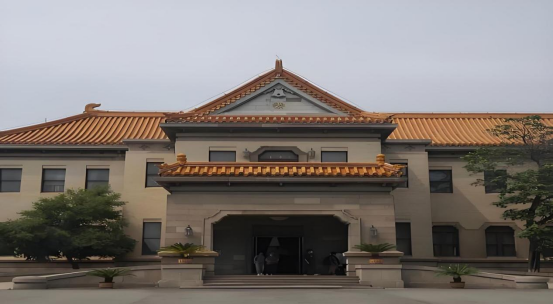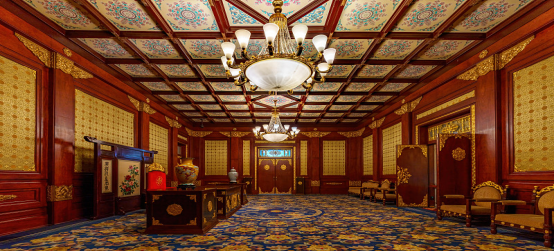The Puppet Manchurian Imperial Palace Museum, located at No. 5 Guangfu North Road, Kuancheng District, Changchun City, Jilin Province, was established in 1962. Covering a total area of 250,500 square meters with a floor space of 137,000 square meters, this National First-Class Museum is a palace-site museum built upon the architectural complex of Puyi’s former imperial court.

The predecessor of the Puppet Manchurian Imperial Palace was the Jilin-Heilongjiang Salt Tax Administration Office, which managed salt affairs for both Jilin and Heilongjiang provinces during the era of the Republic of China. In 1907, the Qing government reformed salt administration policies and implemented a state salt monopoly with taxation system in Northeast China, first establishing the Official Salt Bureau in Fengtian (present-day Shenyang). On June 21, 1908, the Qing government set up the Jilin Official Transport Bureau in Jilin City to oversee salt distribution in Jilin Province.
In October 1911, the Jilin Official Transport Bureau was relocated to Changchun, with its offices and salt warehouses established at the Changchun Salt Warehouse complex. On December 23, 1914, the Salt Affairs Office of the Three Northeastern Provinces Tax Administration Headquarters decided to merge the Jilin and Heilongjiang bureaus, creating the Jilin-Heilongjiang Salt Tax Administration (Jihei Queyunju). This new entity became responsible for salt monopoly operations, distribution, and anti-smuggling enforcement across both provinces, making the Changchun Salt Warehouse the headquarters for both the Jilin-Heilongjiang Monopoly Transport Bureau and the Jilin-Heilongjiang Salt Affairs Inspection Office. In 1932, the Japanese Kwantung Army orchestrated the puppet state of Manchukuo, and the office building of the Jilin-Heilongjiang Monopoly Transport Bureau was designated as the seat of the so-called “Executive Government” of the puppet regime.

Completed in the 27th year of the Republic of China (1938), Tongde Hall covers a floor area of 5,758 square meters. The exhibition meticulously restores the hall’s original historical appearance based on historical photographs, documents, and other archival materials, adhering to the principle of “repairing the old as it was”. Each room has been faithfully reconstructed according to its original function and stylistic features.
The exhibition recreates various spaces within Tongde Hall, including the Grand Reception Hall, Audience Chamber, Informal Meeting Room, Chinese-style Room, Piano Room, Billiards Room, Movie Theater, Horse-riding Gallery, Emperor Puyi’s Living Quarter, Li Yuqin’s Living Quarter and the Long Corridor. Both the architecture itself and the interior decorations distinctly reflect colonial characteristics. Tongde Hall’s restoration vividly conveys this historical and cultural significance. It centrally represents and embodies the unique features of the Puppet Manchurian Imperial Palace, making its restored state truly irreplaceable.

First Review by Zhang Jian
Second Review by Zhan Xia
Final Approval by Su Xiaoping


